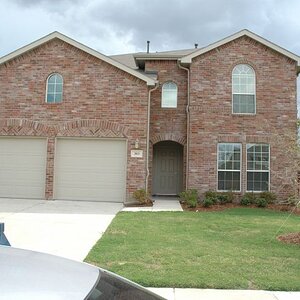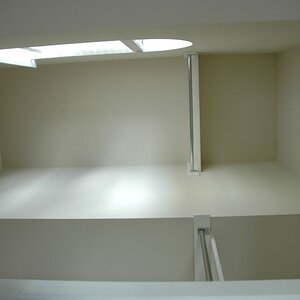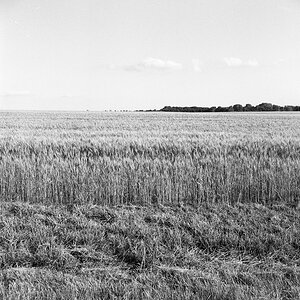decado
TPF Noob!
- Joined
- Sep 24, 2009
- Messages
- 155
- Reaction score
- 0
- Location
- Crystal, MN
- Can others edit my Photos
- Photos NOT OK to edit
So today, after taking a bunch of pictures with exposure bracketing a bunch of my shots were ruined because with each exposure bracket was a different shutter speed. I'm shooting in M mode because it's the only mode that allows full control over shutter speed, aperture, and ISO, does this shutter speed difference have something to do with that? Do I need to shoot in different modes?
Edit: The shutter speed difference can be pretty substantial, for example on a shot with a 1/640 original shutter speed it will also shoot a 1/2500 and a 1/160.
Edit: The shutter speed difference can be pretty substantial, for example on a shot with a 1/640 original shutter speed it will also shoot a 1/2500 and a 1/160.



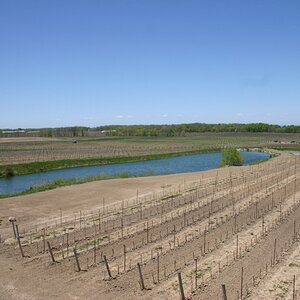
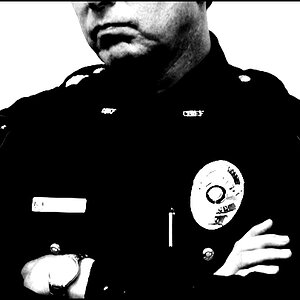
![[No title]](/data/xfmg/thumbnail/37/37602-1ef8dbb1c2d0e4ff347ee65d328c3603.jpg?1619738147)
